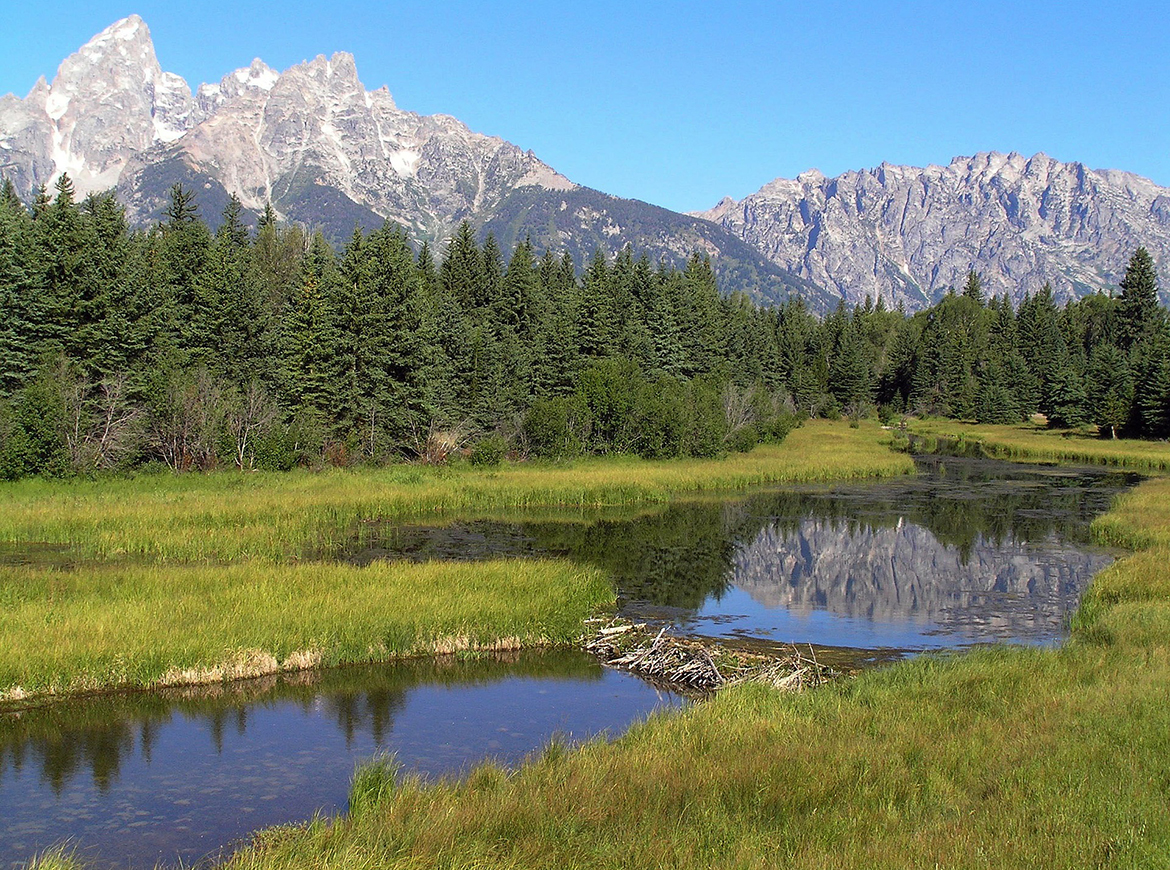The variational ratchet: Intuiting the variational approach to niche construction
by Axel Constant & Karl J Friston
The principle of evolution by natural selection provides a solid conceptual tool to understand adaptive design. It operates like a ratchet, to retain and build upon functional variation. Pull down, ‘click’! Variation. Hold tight, lock it! Retention and differential fitness. Push up! Inheritance, and ratchet your way up towards peaks in the adaptive landscape. As
read more


